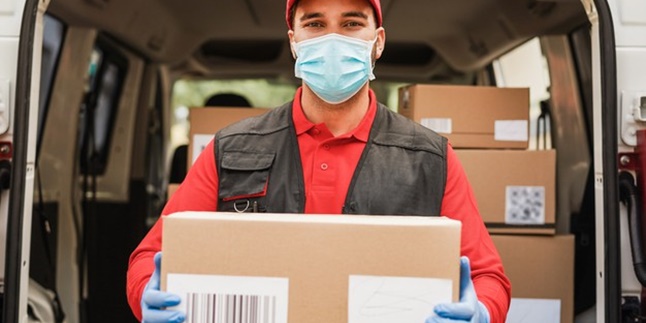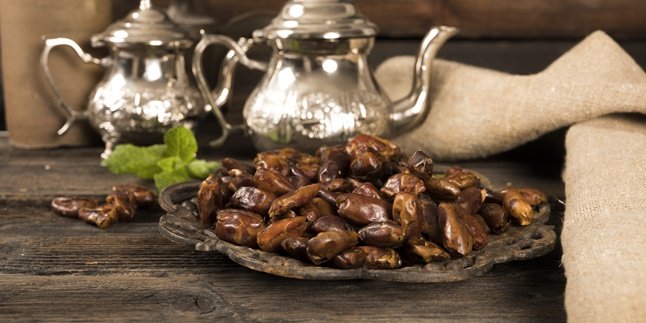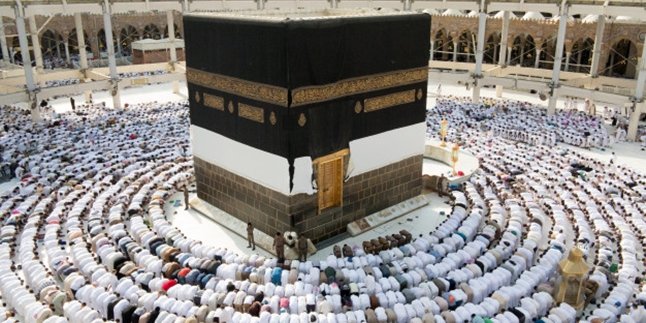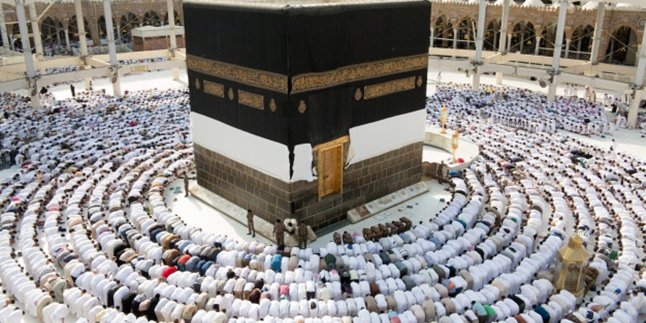Kapanlagi.com - Distribution is one of the three types of economic activities, along with production and consumption. In economic activities, distribution plays a very important role. Distribution serves as a link between production and consumption activities. Through distribution, produced goods can reach consumers. Distributor is the term used for the party responsible for the distribution process.
Distributors can be individuals or groups of people and can take the form of business entities that engage in distribution activities. As the party responsible for delivering products from producers to consumers, distributors are important figures in trade. In fact, some consider distributors as the second link in the trading chain after producers.
To learn more about what a distributor is, you can read the following summary compiled from various sources.
1. Definition of Distributor

(credit: freepik)
From the origin of the word, 'distributor' comes from the English word 'distribute' which means 'to distribute'. Meanwhile, in the Indonesian Dictionary (KBBI), a distributor is a person or entity tasked with distributing or delivering goods. This is in line with the general view that a distributor is responsible for delivering goods from the producer to the consumer.
A distributor is the party that connects the producer with the consumer. In performing its role, a distributor may buy products from the producer. Then, the distributor will distribute the goods by reselling them to retailers or consumers. With this system, the distributor will profit from the price difference between the producer and the consumer or retailer.
Furthermore, it is also important to understand that the distribution activities carried out by the distributor are included in the marketing process. This is because, with the presence of a distributor, marketing activities can more easily reach the wider community.
2. Distributor Functions
The main task of being a distributor is to be a link between the manufacturer and the consumer. In carrying out this task, the distributor also has several functions. The following are some functions of the distributor.
1. Buying goods or services
Distributors usually buy products or services directly from manufacturers, and then distribute them to small traders or direct consumers.
2. Selling goods or services
Distributors sell products or services that they have to small traders, retailers, or consumers.
3. Storing goods or services
Before distributing goods or services, distributors will store the products first for a certain period of time. Therefore, distributors often provide special storage warehouses.
4. Transporting goods or services
Distributors are responsible for ensuring the distribution process of products from manufacturers to small traders or consumers. This process is generally done by considering transportation costs. Thus, it will affect the selling price of the product.
5. Promotion
Distributors function as parties who carry out promotions. This is because distributors help introduce products or services to consumers.
6. Providing information about goods or services
Distributors also need to provide detailed information about the products, as well as estimated prices and product availability.
7. Classification of goods or services
Distributors also have the function of sorting products according to type and size before reaching consumers.
3. Types of Distributors

(credit: freepik)
Along with the development of time, distributors as parties involved in distribution activities have also grown significantly. This can be seen from the existence of several types of distributors. The types of distributors are as follows.
1. Individual distributor
Individual distributors are distributors who distribute services or products from manufacturers to individuals. An example of this type of distributor is MLM business.
2. Product distributor
Product distributors are distributors who distribute products in the form of goods. This type of distributor is the most common one. Distributors will buy goods from manufacturers and then sell them to other retailers/traders or directly to consumers.
3. Service distributor
On the other hand, service distributors are distributors who distribute products that are not goods, but services. Usually, this type of distributor will target end consumers directly. For example, financial service distributors from banks to customers.
4. Differences Between Distributor, Supplier, Agent, and Reseller
Distributors are often associated with suppliers, agents, and resellers. In fact, many people have difficulty distinguishing between them. However, distributors, suppliers, agents, and resellers are different entities. They each have their own roles. Here is an explanation of the differences between them.
1. Distributor
As mentioned earlier, a distributor is a person or business entity that purchases products from manufacturers and then sells them to retailers or direct consumers. It is at this stage that distributors establish partnerships with agents or resellers.
2. Supplier
A supplier is a term used for a person or company that provides raw materials to be processed into finished goods.
3. Agent
An agent is an individual or group of people who act as intermediaries for distributors. Agents are responsible for reaching a wider range of consumers that distributors cannot directly reach.
4. Reseller
A reseller is a person who takes products to be sold directly to consumers. Unlike distributors and agents, resellers typically take a relatively smaller quantity of products. Resellers often operate their businesses online.
5. Distributor Activities

(credit: freepik)
In general, it has been explained that the task of a distributor is to distribute products from the manufacturer to the consumer. In carrying out this task, there are several activities involved. Here are some distributor activities.
1. Purchasing goods or services from the manufacturer.
2. Classifying goods or services by sorting them according to type, size, and quality.
3. Introducing the goods or services to be traded to consumers, either through advertisements or commercials.
4. Ensuring transportation systems to deliver goods to various areas in good condition.
5. Ensuring a good tracking system, so that the goods or products can arrive on time and in good condition.
6. Ensuring proper product packaging.
7. Identifying places where products can be placed, increasing the chances of selling the goods or products.
8. Ensuring a system for retrieving goods from the market.
Those are some explanations about distribution, which is responsible for delivering products from the manufacturer to the consumer. Hopefully, it is useful and can increase knowledge.
(kpl/psp)
Disclaimer: This translation from Bahasa Indonesia to English has been generated by Artificial Intelligence.















